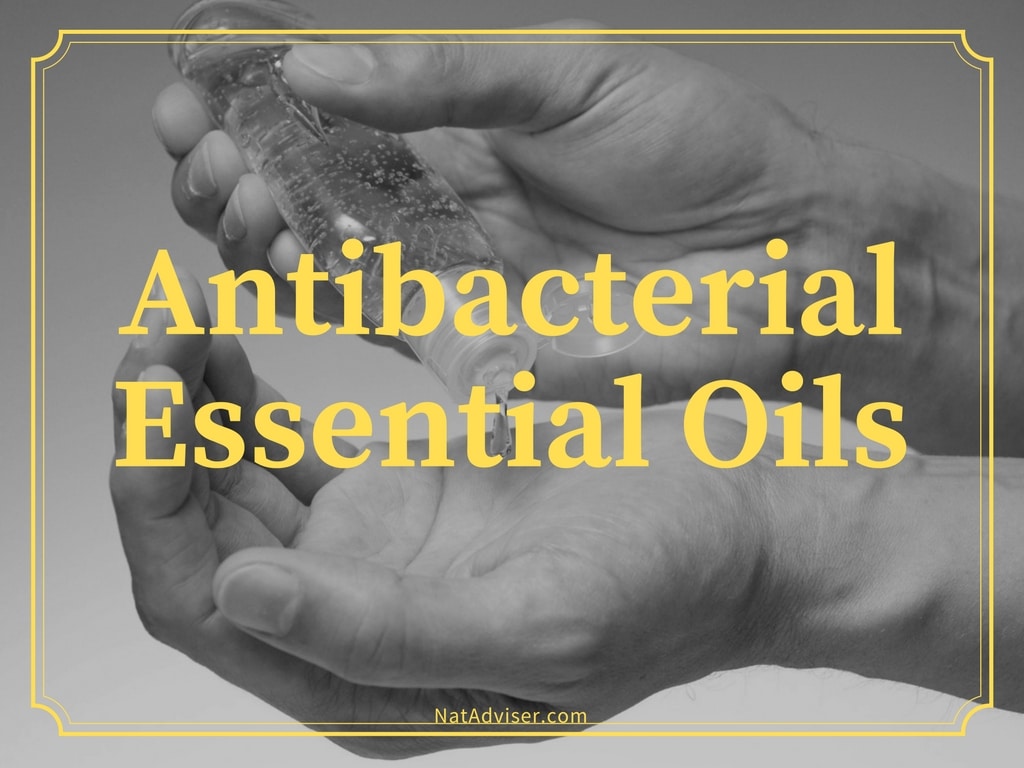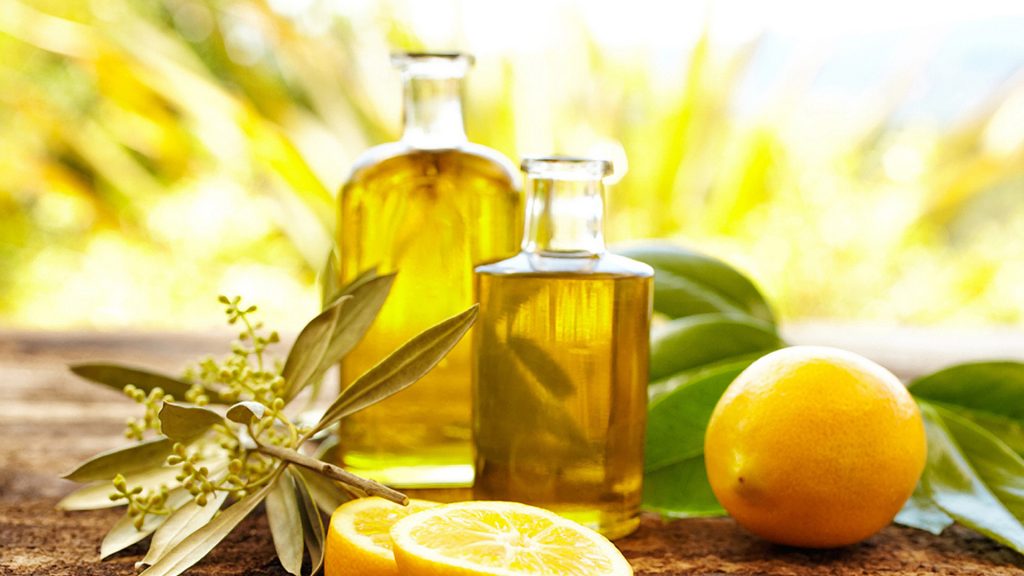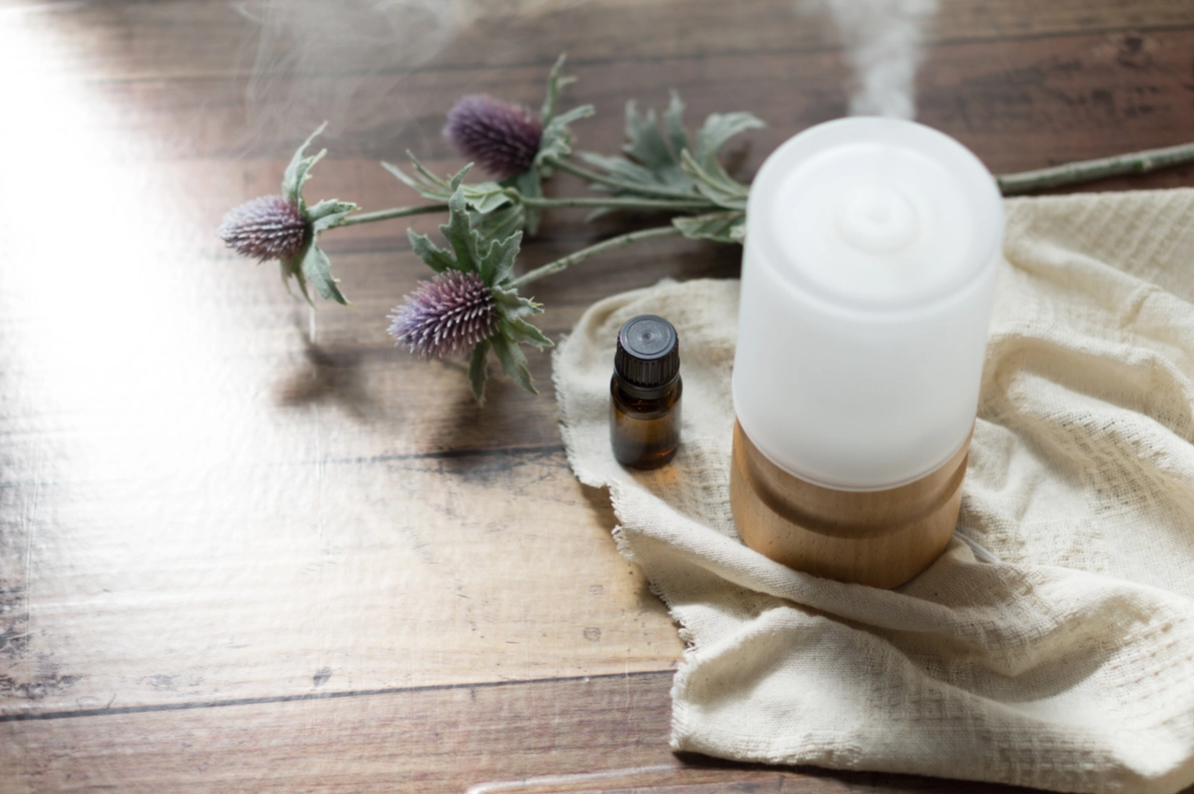
This post is particularly based on antibacterial essential oils, including their composition and uses. Essential oils are natural products that are made of several volatile compounds. You can also refer to these oils as products attained from raw plant materials by steam distillation, dry distillation, or hydro-distillation.
Table of contents
The description of these oils excludes other volatile produces acquired by diverse extractive techniques, such as supercritical fluid extraction. Most natural oils have similar therapeutic properties, such as antibacterial, anti-inflammatory, antiseptic, antispasmodic, analgesic, sedative, and antimicrobial among others.
The Antibiotic Alternative
A good number of studies have reported interactions between antibiotics and essential oils. Many of these oils have proven effective against bacteria, and others fight infection with amazing efficiency. A large percentage of the oils lower the pH of your blood, creating an unwelcoming environment for bacteria. Unlike the usual antibiotic drugs, which may cause adverse side effects, natural oils are probiotic. Apart from eliminating pathogen bacteria, they also leave beneficial bacteria intact.
Most bacteria tend to form some kind of resistance to usual medication, but they are incapable of doing so with essential oils. Scientists as well as farmers are faced with an ever increasing problem of drug-resistant bacteria. As antibiotics continue to lose their effectiveness, scientists have undertaken more studies on herbs, and their essential oils. They have considered herbs and natural oils because they have highly complex chemical structure. Oregano oil is one of the best examples. This oil is naturally equipped to fight bacteria, and it is impossible for bacteria to resist.
While a number of studies have explored the viability of using Antibacterial Essential Oils instead of antibiotics, other researchers have proposed the notion of using essential oils and antibiotics together. Experts suggest that a combination of natural oils and antibiotic drugs may exceed the performance of individual oils, thus producing improved antimicrobial activity. They also advocate that the combined use does significantly reduce the minimum operative dose of antibiotics in fighting bacteria. As a result, the likelihood of adverse side effects from the use of antibiotics is reduced.
How to Use Essential Oils
Essential oils work on the body as well as the mind depending on the method of application used. These oils are volatile, and they easily evaporate into the air. Therefore, you can inhale or smell them, and they directly affect your brain. They enter the bloodstream through your skin, and take effect on your body. So, one of the best ways of getting natural oils into your body is through aromatherapy massage. The oils blend well with massage, including touching and applying substances to your skin.
The warmth of your body along with the hands of your therapist and the atmosphere in the room will make the oils evaporate. In turn, you will inhale the fragrance of the oil. Essential oils are normally safe when diluted with carrier oils, although applications are not recommended for epilepsy patients, and pregnant women. You are always advised to conduct a patch test before using an essential oil or an aromatherapy blend. In addition, you must confirm if an essential oil is phototoxic, because such oil can cause adverse side effects when you expose yourself to sunlight after a few hours of application.
Essential Oils with Antibacterial Properties
Oregano Essential Oil

Oregano oil consists of carvacrol, a compound that has antimicrobial qualities. The oil is also expectorant, and anti-inflammatory. The oil is an exceptional natural antibiotic, and it has warming and acrid effects. It is normally used as an antibiotic, but it has reliable antifungal and antiviral properties that are not present in conventional antibiotic drugs. Oregano oil is useful in treating respiratory infections, and reducing inflammation in the mucus membranes of the bronchial passages. You can ingest or inhale this essential oil. However, you are urged to dilute it with carrier oil, and do not exceed recommended daily dosage. It is not safe for pregnant women.
Tea Tree Essential Oil

Tea tree oil consists of 100+ compounds, and its composition and toxicity depends on the extraction method. It is antibacterial, antimicrobial, antiviral, and antiseptic. The oil has been used for years to treat an array of diseases, including: cold sores & infections, arthritis, wounds, dermatitis, congestion, acne, vaginitis, insect bites, rashes, sore throat, thrush, and skin infections. When used correctly, the oil does not unfavorably affect the normal floral bacteria of the skin. The antimicrobial qualities of tea tree oil are particularly effective against gram-negative bacteria, along with different kinds of fungi. A blend of tea tree and eucalyptus oils is very effective against bacteria. Always dilute tea tree oil with carrier oil, and conduct a patch test before topical application.
Eucalyptus Essential Oil

Eucalyptus essential oil is antibiotic, antiviral, antiseptic, anti-inflammatory, and expectorant. It has an aromatic and stimulating fragrance. The active germicide agents it contains help treat and prevent infection. It is a gentle oil, and a good choice to use in aromatherapy blends. Eucalyptus oil is useful in treating coughs, rheumatic, and respiratory tract infections. You can also use it to alleviate flu, measles, and typhoid. When diluted correctly, it can be used to ease insect bites and stings, blisters, and wounds. It is an effective ingredient for shampoos, due to its cleansing effects, but it must be used in small quantities to avoid toxicity and irritation.
Lavender Essential Oil

Lavender oil is the most popular aromatherapy oil with numerous therapeutic benefits. It is an antibacterial, antifungal, antiseptic, analgesic, and antispasmodic. You can use this oil to treat skin conditions, such as excess oil and acne; fight mild bacterial as well as fungal infections, including athletes’ foot and swimmers’ ear; and treat allergies, asthma, headaches, burns, and bruises. You can use lavender oil as an antiseptic solution on cuts and wounds before applying treatment. It is a good detoxifier, which promotes healing and prevents scarring. Do a patch test prior to topical application. It is one of the few natural oils that are regarded safe to apply undiluted, but some people can suffer skin irritation.
Peppermint Essential Oil

This is an inexpensive volatile oil that is very effective as an antibiotic. It is an antibacterial, antiviral, antimicrobial, anti-inflammatory, and analgesic. Peppermint oil and its main constituent (menthol) have important antibacterial and antifungal effects, and they are able to enhance the qualities of some antibiotic drugs. It treats respiratory infection, asthma, cold sores, viral and fungal infections, digestive problems, psoriasis, and eczema. Inhalation of peppermint oil has been used as a supplement to combined multidrug treatment for pulmonary tuberculosis. You must dilute it with carrier oil prior to application. Blend equal portions of peppermint oil and carrier oil. Do a patch test before applying it topically.
Thyme Essential Oil

The main constituent if thyme oil is thymol, a compound that has fungicidal and antiseptic qualities. Other constituents are carvacrol and phenol (its value depends greatly on this compound). The oil is antibiotic, antiviral, antiseptic, and antifungal. Thyme oil was greatly valued by prehistoric Egyptians, Romans, and Greeks for its ability to treat acne, neuralgia, rheumatism, warts, coughs, and fatigue. It has valuable cleansing and clarifying qualities, and it is popular for its wide spectrum activity for winter health. In addition, it potentiates the antibacterial effects of some antibiotic drugs.
Bergamot Essential Oil

This is a natural oil with citrusy aroma. It is antibacterial, antiseptic, analgesic, antispasmodic, and astringent. Bergamot oil is highly resourceful for treating painful skin infections (boils, psoriasis, abscesses, and acne), cold sores, and insect bites. It helps get rid of body odor, relieves spasms, fights depression, and improves mood. You have to dilute one part of bergamot oil to four parts of carrier oil. It can improve antibiotic abilities when blended with grapefruit, rosemary, lemongrass, lavender, patchouli, and sandalwood essential oils. It is considered safe, but it is not ideal for children younger than five years old. Moreover, it is extremely phototoxic. So, avoid direct sunlight after topical application.
Lemon Essential Oil

This is a remarkable antibacterial oil that has a fresh lemon zest fragrance. It is antibacterial, antimicrobial, antiseptic, and antifungal. It is an effective treatment for bacterial and microbial infections. It soothes insect bites, indigestion, and appearance of wrinkles. You can achieve maximum therapeutic benefits when you combine it with bergamot, eucalyptus, lavender, lemongrass, and geranium essential oils. This oil is safe, but you are advised to use caution when applying it topically. It is phototoxic, avoid sunlight after topical application.
Lemongrass Essential Oil

It has a fresh, earthy, lemon aroma. It is antibacterial, antimicrobial, antiviral, antiseptic, antifungal, and insecticide. Lemongrass oil is useful in treating infections and damaged ligament. It dilates blood vessels to promote healing and improve circulation. In aromatherapy, it clears the mind and heightens psychic awareness. It combines well with bergamot, rosemary, grapefruit, tea tree, lavender, and lemon anti-bacterial essential oils. Always dilute one part of lemongrass oil to four parts of carrier oil.
Roman Chamomile Essential Oil

Roman chamomile oil has a sweet, fresh, soft, herbaceous fragrance. It is antibiotic, antimicrobial, antiseptic, analgesic, and antispasmodic. It is effective in treating bacterial and microbial infections, acid indigestion, flatulent dyspepsia, morning sickness, nausea, and anorexia. In aromatherapy, it is useful in alleviating insomnia. The oil is regarded safe, and it is suitable for topical application, diffusion, inhalation, and ingestion. It blends well with lavender, tea tree, rosemary, eucalyptus, and lemon essential oils.
Antibiotic Essential Oils Recipes

Recipe #1 – Antibacterial Massage Blend
Ingredients:
- 3 drops of thyme essential oil
- 3 drops of tea tree essential oil
- 1 drop of myrrh essential oil
- 1 ounce of coconut oil
Preparation & Application: In a clean, dark-colored, airtight glass bottle, add the carrier oil and essential oils. Gently shake the bottle to mix the oils. Use the mixture in an aromatherapy massage.
Recipe #2 – Evening Immunity Bath
Ingredients:
- 1 drop of oregano essential oil
- 1 drop of elemi oil
- 2 drops of thyme essential oil
- 2 drops of rosewood essential oil
Preparation & Application: Disperse the natural oils in a bathtub filled with warm water. Then soak your body in the bath for fifteen minutes.
Recipe #3 – Antibiotic Essential Oils Blend
Ingredients:
- 1 drop of peppermint essential oil
- 2 drops of black pepper essential oil
- 8 drops of ylang-ylang essential oil
- 15 drops of orange essential oil
- 20 drops of lemon essential oil
- 25 drops of bergamot essential oil
Preparation & Application: In a clean, airtight, dark-colored bottle, add the oils and shake well. Then add some of the mixture to your aromatherapy diffuser.
Recipe #4 – Bacteria Fighting Blend
Ingredients:
- 4 drops of eucalyptus essential oil
- 5 drops of tea tree essential oil
- 2 drops of myrrh essential oil
- 5 drops of lavender essential oil
- 2 ounces of carrier oil
Preparation & Application: In a clean, dark-colored bottle, add the essential oils, and then shake well to mix. Apply a few drops of the blend to the affected area.
In Conclusion
Antibacterial essential oils are effective against different pathogens. Thyme oil is a powerful antibiotic agent against microorganisms in thrush infections, while oregano oil is effective against respiratory infections and seasonal allergies. The most important thing about natural oils treatment is that they do not need to work on the whole body to treat a specific area. Most of the oils discussed in this post are intended for dilution with carrier oil. Safety is always a priority in aromatherapy. There are some oils that are phototoxic and irritant. Pregnant women and epilepsy patients should always avoid volatile oils.








